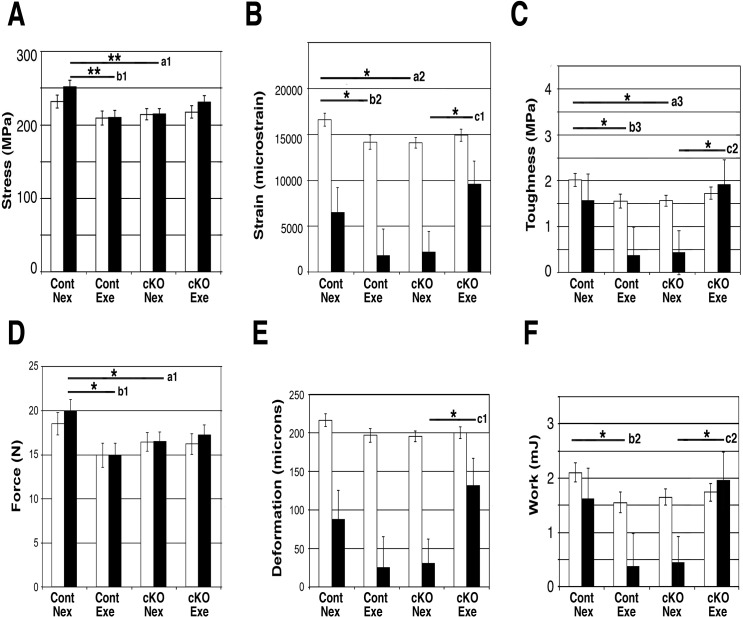Fig 5. Mechanical loading restored toughness of cKO tibiae.
Mechanical properties of the tibiae in each of the 4 genotype/exercise groups were measured by 4-point-bending. (A-C) Tissue-level properties, (A) Stress (yield stress (open bar), ultimate stress (solid bar)); cKO bones had significantly lower ultimate stress (a1) than control bones. The control mice had decreased ultimate stress with exercise (b1). (B) Strain (yield strain (open bar), post-yield strain (solid bar)); cKO bones had significantly lower yield strain (a2) than controls. The control mice had decreased yield strain with exercise (b2). Post-yield strain in cKO was increased by exercise (c1). (C) Toughness (pre-yield toughness (open bar), post-yield toughness (solid bar)); cKO bones had significantly lower pre-yield toughness (a3). Exercise significantly increased post-yield toughness (c2) in cKO bones, but pre-yield toughness in control bones declined with exercise (b3). (D-F) Whole bone properties; similar effects of genotype and exercise as at the tissue-level were found. (D) Force (yield force (open bar), ultimate force (solid bar)). (E) Deformation (yield deformation (open bar), post yield deformation (solid bar)), (F) Work (pre-yield work (open bar), post-yield work (solid bar)). Nex, non-exercised, Exe, exercised. Annotations next to bars; a, comparisons between Control Nex and cKO Nex. b, comparisons between control Nex and control Exe, c, comparisons between cKO Nex and cKO Exe. Mean±SEM; *, p<0.05, **, p<0.01.

